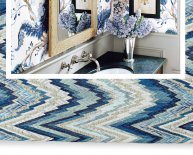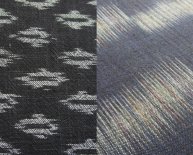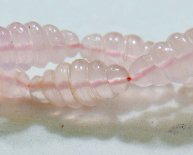
Winter Wear Material
The material your clothes are made of makes a difference. Stay away from cotton in cold weather. There is an expression among experienced outdoor people that “cotton kills.” This is because cotton fibers soak up lots of water and lose their ability to insulate.
Next to the skin
Long underwear should be close-fitting and made of silk, polyester, acrylic or polypropylene. These fibers tend to carry moisture away from the skin and can be good insulators. Wool also works, but it can be itchy and is a little slower to dry than other fibers.
Middle layers
Several loose-fitting middle layers of fleece will keep you warm and allow you to adjust your insulation easily. Use layers made from the same fibers as long underwear in varying thicknesses.
Outer layer
Tightly woven nylon or other synthetic fabric protects you from the wind, and it’s best when the jacket has a zipper with two sliders that can be opened from the top or bottom. It should have a hood with a drawstring to protect your head and neck. Breathable fabrics that are waterproof and still let moisture evaporate are ideal.
Hands
Thick, knitted or pile mittens are good insulation until the wind blows. Keep handy nylon or leather shells to go over the mittens. If you’re going to be outside for a long time, bring extra pairs of mittens to replace ones that become damp from sweat. Leather or knitted gloves are useful when temperatures are too cold for bare hands but too warm for mittens.
Feet
The kind of boot you wear depends on what you are doing outside. The rising snowmobile industry has made warm boots commonly available. Unless you need a specialized boot for a particular sport, a boot with an inner felt bootie for insulation, a waterproof foot and a wind-proof nylon or leather upper works well. Remember to protect the felt booties from sweaty feet.
Head
Your hat needs to cover your ears and be thick enough to provide warmth. One type of hat, called a balaclava, rolls down to form a knitted hood with an oval hole to show as much of the face as you want. The material around the oval can be pulled up to protect your forehead, nose and neck with just your eyes showing or pulled down under your chin to protect your head, ears and neck while leaving your face exposed. It can also be rolled up to look like a typical winter cap. The hood of your parka provides the wind-proofing.
















